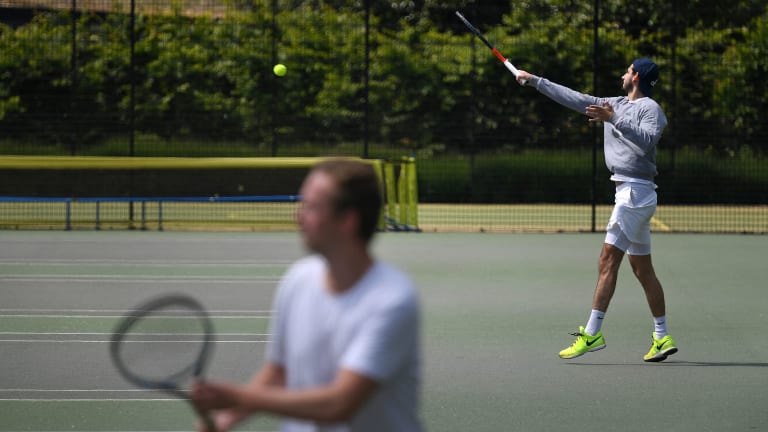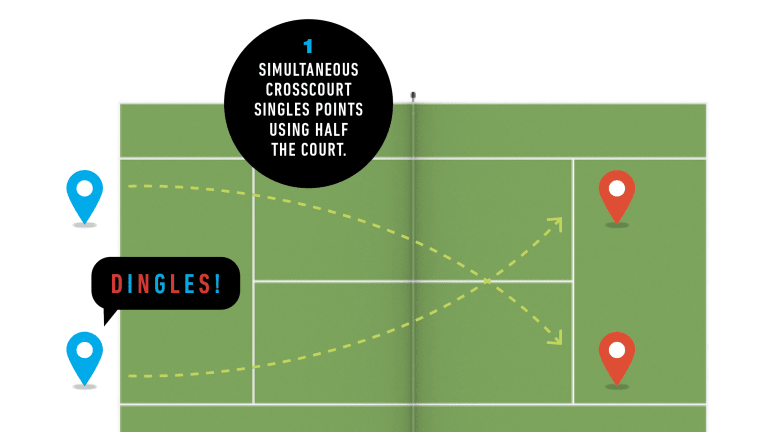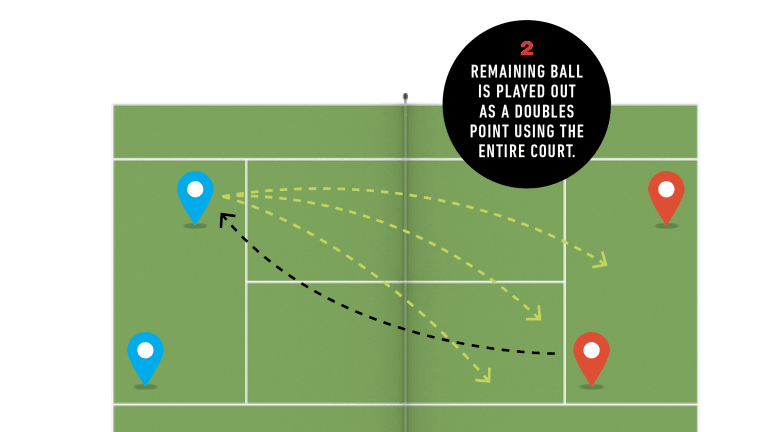Playing matches is a critical part of development—having sound strokes won’t matter much if they can’t be produced when it counts most. However, it’s easy to get consumed with the scoreboard at the expense of growth. The final outcome often takes precedent over all else, preventing much in the way of experimentation.
So it pays to occasionally mix things up with tennis games that forgo the usual measuring stick of traditional-set scoring. This allows you to work on parts of your game otherwise avoided for fear of losing, while still keeping the competitive juices flowing. And if match play is getting old, change-ups can help revive a stale routine.
These games—one for singles, one for doubles, and a hybrid of both—will make valuable additions to your training arsenal.



